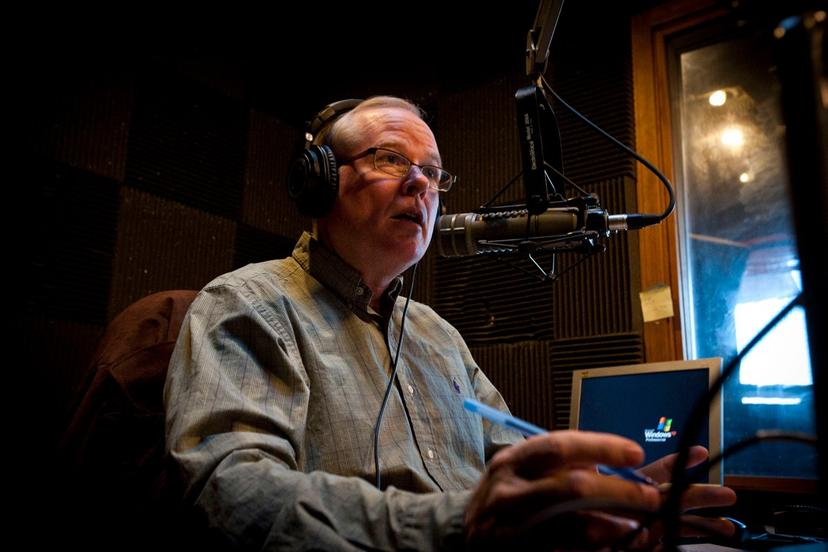Radio

Industry Outlook
Radio has had serious competition over the years from newspapers, television, and cable television. Now the Internet is added to the long list of media competing for the consumers' listening and viewing hours. However, although the Internet is a competitive threat to radio, many stations also recognize that it has huge potential to generate revenue. Many stations have Web sites to complement their programming. The local content offered by radio stations should mix well with the Internet's information-driven audience.
According to a report from the Pew Research Journalism Project, the audience for Internet radio is growing steadily. In 2013, 33 percent of Americans listened to Internet radio weekly and 45 percent monthly. In 2017 those percentages kept rising. Monthly Internet usage grew from 45 percent to 61 percent, while weekly listeners increased from 33 percent to 53 percent.
The coronavirus pandemic, which began in late 2019, caused business lockdowns and social distancing requirements to prevent the spread of the virus. With more people spending time at home, media consumption increased in 2020. A Nielsen study found that 28 percent of those surveyed reported listening to the radio more during the COVID-19 outbreak, and more were listening from home, on mobile devices, computers, and smart speakers. Despite this steady and increased listenership, revenue in the U.S. radio industry was projected to drop by double digits in 2020, due to the economic slowdown and decrease in advertising budgets for radio companies. The rollout of the vaccine in 2021 will strengthen the economy, but recovery for the radio industry will be slow through 2025. There will be increasing competition from music streaming services and podcasts. However, according to the research group IBISWorld, "radio will likely continue to remain valuable for advertisers given the relative dearth of broad-based marketing platforms in a fragmented media landscape." As of late 2020, the U.S. radio broadcasting industry was valued at $17 billion, with 4,599 business and total employment of 73,532 people.
The U.S. Department of Labor predicts employment in some professions in radio will decline through 2028. Employment of broadcast news analysts will drop 10 percent, and reporters and correspondents will face 12 percent employment decline during this same period. On the other hand, by 2028 producers and directors as well as engineering and sound technicians should expect a 5 to 8 percent increase. The trend toward consolidation into large radio networks will limit employment growth somewhat. A network can produce news programming at one station and then use the programming for broadcast from other stations, eliminating the need for multiple news staffs. Technical workers can maintain equipment at several stations simultaneously.
Computer technology will also affect employment growth. New systems combine the functions of several older pieces of equipment and do not require specialized knowledge for operation. This reduces the need for certain types of workers, particularly editors, recording technicians, and graphic designers.
Radio stations are increasingly using outside production companies to create programming, including music, news, weather, sports, and professional announcer services. The services can easily be accessed through satellite hookups and reduce the need for program production and news staff at radio stations.
The radio industry is also expecting heavier competition from the Internet; about 95 percent of Americans were using the Internet in 2018, according to Internet World Stats, and this percentage is increasing. Many in the industry aren't that concerned about a loss of listeners—they see the Internet as way to better reach their listeners. Currently, thousands of radio stations have Web pages; many radio shows are available for download or streaming.
The emergence of fee-based, radio programming that is broadcast via satellite-has created hundreds of new radio stations. Additional opportunities will be available to disc jockeys, producers, and support workers as this segment of the industry continues to grow.
Although the number of women and minorities working in the broadcast industry has grown and will likely continue to increase, women and minorities still face discrimination and prejudice in the workplace; many women earn lower salaries than men working in identical positions.
